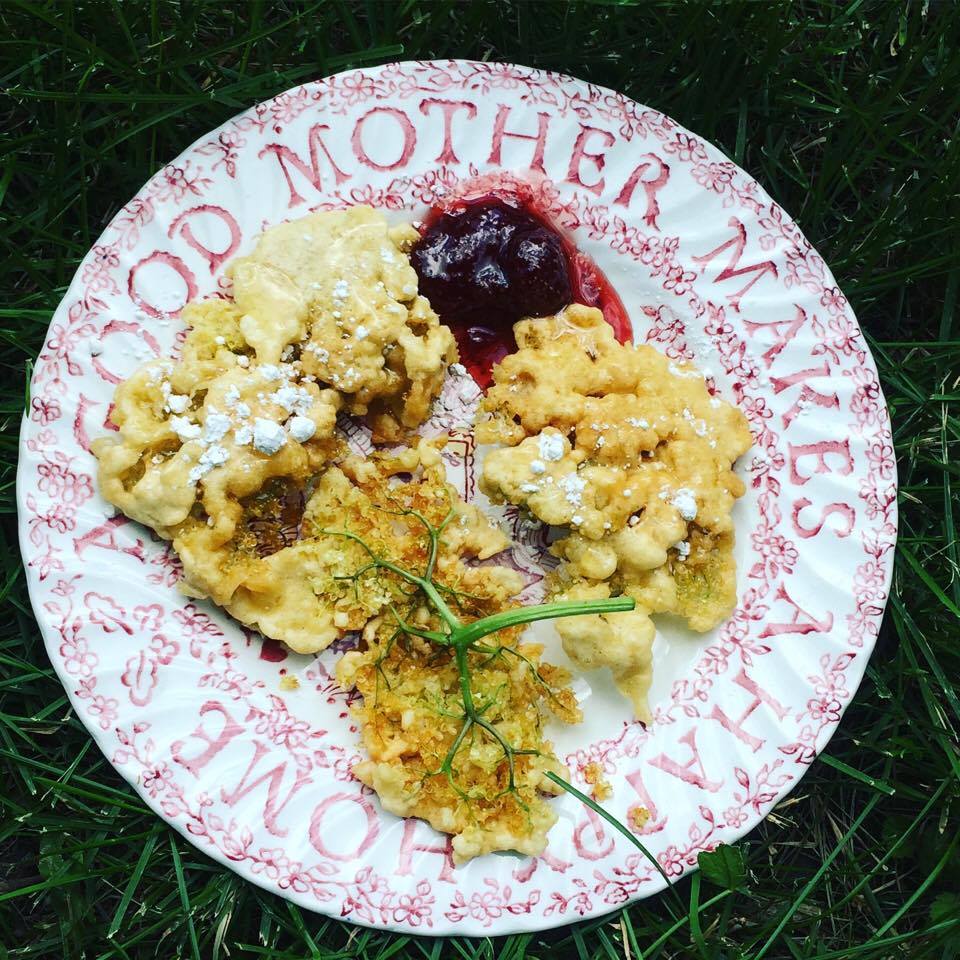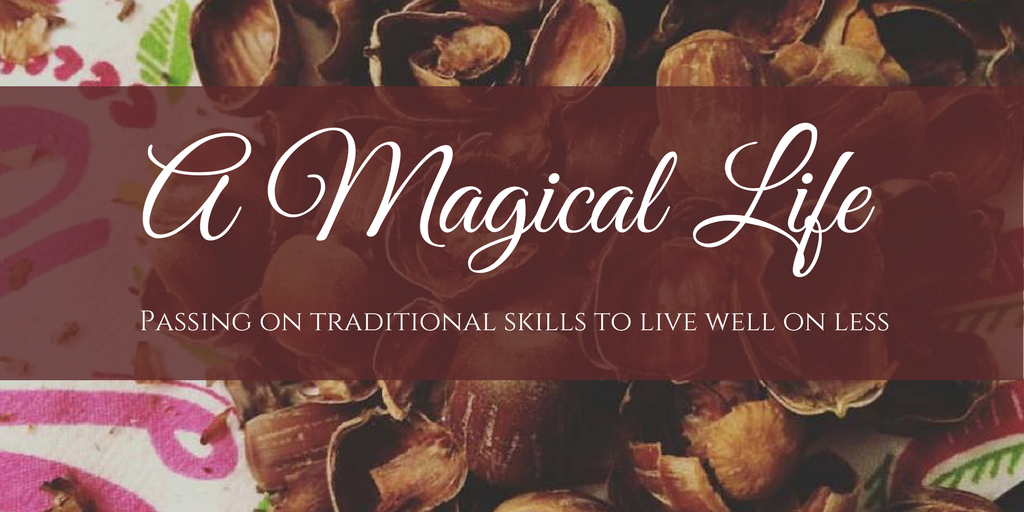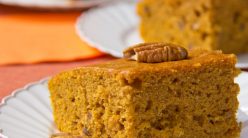If you want to extend your back yard bounty of fresh veggies, now is the time to start your fall garden.
There are many garden crops that can handle some frost and some that can tolerate temperatures well below freezing. Root veggies such as carrots, beets, kohlrabi and turnips actually taste better after some frost, as do leafy greens like kale.
You can find the average first frost date for your area here. Then just check the days needed for each seed variety and count backwards from that date to see when you should plant.
To be extra cautious, you may want to play a week or two earlier.
Here in my part of southwest Minnesota, our average first frost date is September 28. That gives us an average of 58 days to harvest if we start on August first. Of course, plants that can handle some frost or colder temperatures can be harvested well after that.
Here are some good picks for your fall garden, along with the average days to maturity and how cold tolerant they are:
- Arugula – 30-40 (frost tolerant — can handle temperatures to the high 20s)
- Mustard greens – 30-40 (frost tolerant — can handle temperatures to the high 20s)
- Basil — 30-60 (killed by frost)
- Radishes – 30-60 (can dig until ground freezes)
- Spinach – 35-45 (frost tolerant — can handle temperatures to the high 20s)
- Tatsoi – 40-50 (frost tolerant — can handle temperatures to the high 20s)
- Mizuna – 40-50 (frost tolerant — can handle temperatures to the high 20s)
- Leaf lettuce — 40-60 (frost tolerant — can handle temperatures to the high 20s)
- Swiss chard — 40-60 (frost tolerant — can handle temperatures to the high 20s)
- Collard greens — 40-65 (extremely frost tolerant, tolerates temperatures to 20 degrees)
- Kale – 40 – 65 (extremely frost tolerant, tolerates temperatures to 20 degrees)
- Bush beans — 45-65 (killed by frost)
- Turnips – 50-60 (frost tolerant — can handle temperatures to the high 20s)
- Kohlrabi – 50-60 (frost tolerant — can handle temperatures to the high 20s)
- Broccoli – 50-70 (frost tolerant — can handle temperatures to the high 20s)
- Cabbage – 50-90 (extremely frost tolerant, tolerates temperatures to 20 degrees)
- Carrots – 55-80 (frost tolerant — can handle temperatures to the high 20s)
- Beets – 60 (frost tolerant — can handle temperatures to the high 20s)
- Green onion — 60-70 (frost tolerant — can handle temperatures to the high 20s)
- Cilantro — 60-70 (frost tolerant — can handle temperatures to the high 20s)
- Cauliflower – 60-80 (frost tolerant — can handle temperatures to the high 20s)
- Peas — 70-80 (frost tolerant — can handle temperatures to the high 20s)
- Parsley — 70-90 (extremely frost tolerant, tolerates temperatures to 10 degrees)
- Rutabagas – 75-100 (extremely frost tolerant, tolerates temperatures to 20 degrees)
- Brussels sprouts – 90-100 (extremely frost tolerant, tolerates temperatures to 20 degrees)







